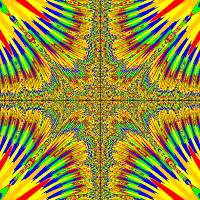I am doing lab on greenfoot.
/** Creates new Beach world
* with 10 X 10 cells with
* cells size of 60 pixels
*
*/
public Beach()
{
super (10, 10, 60);
Beach turtleBeach = new Beach("backgrounds/sand2.jpg");
setBackground(turtleBeach);
}
when I compile, it says constructor Beach cannot be applied to given types;
required: no arguments; found: java.lang.String; reason: actual and formal argument lists differ in length.




